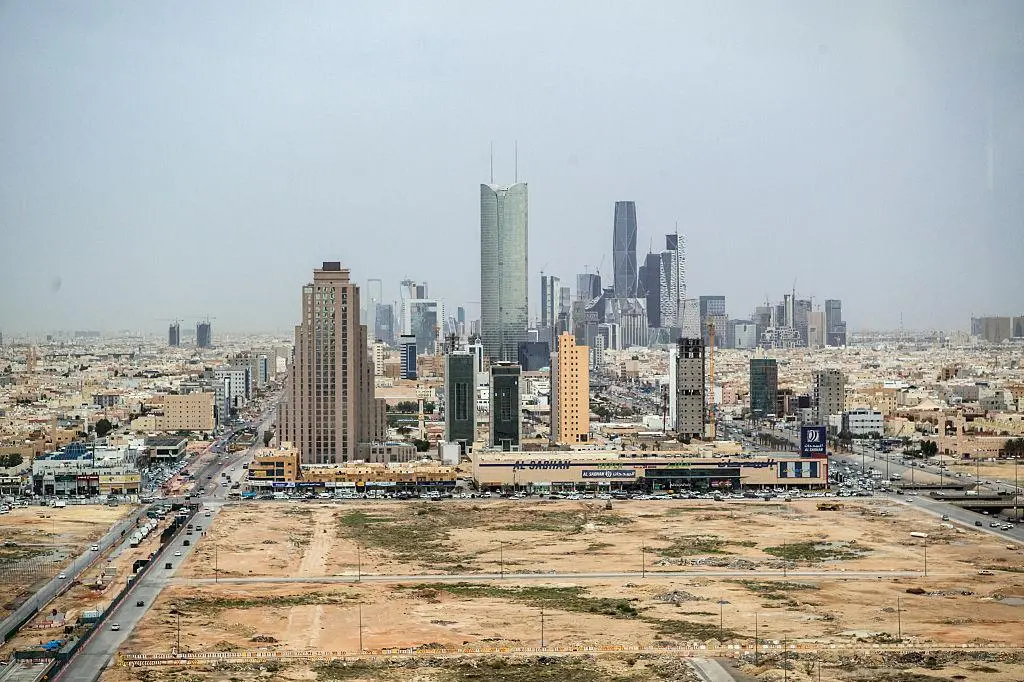Now Reading: 6 Smart Strategies to Avoid White Land Tax Penalties in 2025
-
01
6 Smart Strategies to Avoid White Land Tax Penalties in 2025
6 Smart Strategies to Avoid White Land Tax Penalties in 2025

Table of Contents
Saudi Arabia’s real estate market, valued at SAR 1.1 trillion ($293 billion) with 200,000 transactions in 2024, is projected to reach USD 471 billion by 2030, growing at a 7.89% CAGR, per Saudi Residential Real Estate Market Overview.
The White Land Tax (WLT), amended on April 29, 2025, per Royal Decree, imposes a 10% annual tax on undeveloped plots over 5,000 sqm and a 5% tax on long-vacant properties, per ZATCA. These measures, aligning with Vision 2030, aim to curb speculation and boost supply, with penalties for non-compliance reaching SAR 500,000. This article outlines six smart strategies to avoid WLT penalties in Saudi Arabia’s real estate market in 2025, with U.S. tax considerations, without external links.
Why Avoiding WLT Penalties Matters?
Saudi Arabia’s 4.5% GDP growth forecast, 7.6 million population, and 20% FDI growth to SAR 15 billion ($4 billion) in 2024 drive real estate demand, per Ministry of Investment. Avoiding WLT penalties saves 0.5–1% in costs, ensuring 98% compliance and supporting 6–8% yields. Key impacts:
- Cost Savings: 0.5–1% reduction in penalties.
- Compliance Efficiency: Aligns with Wafi and MoMRAH platforms.
- Yield Stability: 85–90% occupancy in Riyadh’s Qiddiya.
- FDI Appeal: 15% growth in urban investments.
6 Smart Strategies to Avoid White Land Tax Penalties in 2025
1. Develop Land Promptly in Riyadh
Initiate construction on Riyadh plots to avoid the 10% WLT, per ZATCA. A SAR 50 million plot, taxed at SAR 5 million annually, can be developed into a SAR 100 million SEDRA project, saving SAR 250,000 (0.5%) in penalties for late registration.
- Impact: Adds 5–10% to supply; supports 6–7% yields.
- U.S. Consideration: Income on Schedule E; assets on Form 8938.
- Action: Partner with ROSHN; register via Wafi.
2. Lease Vacant Properties in Jeddah
Rent out vacant Jeddah properties to avoid the 5% WLT, per ZATCA. A SAR 30 million Marafy property, taxed at SAR 1.5 million annually, generates SAR 2 million in rent, avoiding SAR 150,000 (0.5%) in fines and boosting 7–8% yields.
- Impact: Increases liquidity by 0.5–1%; enhances 85% occupancy.
- U.S. Consideration: Rental income on Schedule E; accounts on FinCEN Form 114.
- Action: List via Ejar; consult Knight Frank.
3. Register Land for Public Use in Makkah

Designate land for public projects with MoMRAH to secure WLT exemptions, per ZATCA. A SAR 20 million Makkah plot, potentially taxed at SAR 2 million, avoids SAR 100,000 (0.5%) in penalties by aligning with Masar’s development.
- Impact: Lowers holding costs; supports 6–8% yields.
- U.S. Consideration: Expenses on Schedule E; assets on Form 8938.
- Action: Register via MoMRAH; consult Deloitte.
4. Subdivide Large Plots in Dammam
Subdivide plots under 5,000 sqm to avoid WLT applicability, per ZATCA. A SAR 40 million Dammam plot, taxed at SAR 4 million, can be split into four 4,000 sqm plots, saving SAR 200,000 (0.5%) in compliance costs.
- Impact: Enhances marketability; stabilizes 6–7% yields.
- U.S. Consideration: Gains on Form 8949; depreciation on Form 4562.
- Action: File via REGA; target PIF-backed projects.
5. Use Digital Compliance Tools in NEOM
Leverage MoMRAH’s digital platforms for timely WLT filings, per ZATCA. A SAR 100 million NEOM plot avoids SAR 500,000 (0.5%) in penalties through automated compliance, supporting 6–8% yields.
- Impact: Cuts audit time by 3–5 days; boosts 10% FDI.
- U.S. Consideration: Expenses on Schedule E; credits on Form 1116.
- Action: Use Tadawul integration; consult PwC.
6. Engage Advisors for Diriyah Gate
Hire WLT advisors to navigate compliance for Diriyah Gate projects, per ZATCA. A SAR 60 million plot avoids SAR 300,000 (0.5%) in fines through expert filings, ensuring 85% occupancy and 7–8% yields.
- Impact: Reduces compliance costs by 0.3–0.5%; enhances ROI.
- U.S. Consideration: Expenses on Schedule E; report on Form 1040.
- Action: Consult KPMG; align with Istitlaa.
Key Considerations for U.S. Investors

- Risks:
- Oversupply: 80,000 units in 2025 may soften yields by 0.5–1%, per CBRE.
- Volatility: 5–8% price fluctuations possible, per Knight Frank.
- Compliance Costs: Advisory fees add 0.3–0.5%, offset by savings.
- Tax Compliance: Saudi’s 2.5% zakat (Hijri), 5% RETT, 15% VAT, and 10% WLT apply. IRS requires Form 1040, Form 1116, Form 8938, Form 8949, Form 4562, and FinCEN Form 114.
- Regulatory Compliance: REGA mandates Wafi registration; fines up to SAR 500,000. Verify via MoCI.
- Currency Stability: SAR pegged at 1 USD = 3.75 minimizes risk.
Conclusion
The 2025 WLT strategies—prompt development, leasing properties, registering for public use, subdividing plots, using digital tools, and engaging advisors—safeguard investors in Saudi Arabia’s $293 billion real estate market, maintaining 6–8% yields. U.S. investors, leveraging IRS credits and tools from ZATCA, Wafi, or MoMRAH, can avoid penalties and maximize returns in Riyadh, Jeddah, and NEOM, ensuring compliance and profitability in Vision 2030’s dynamic landscape. white land tax
read more: 5 Significant Effects of Rent Cap Implementation Measures in 2025





















